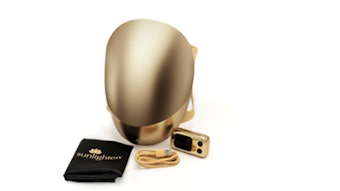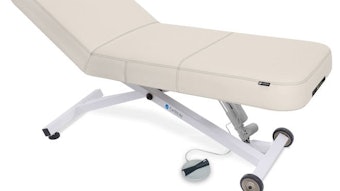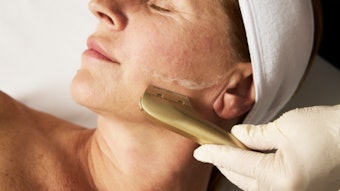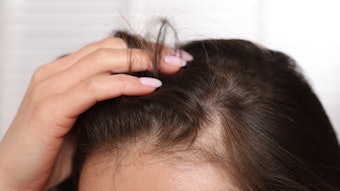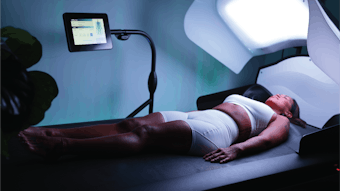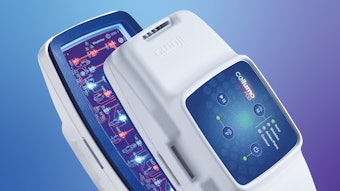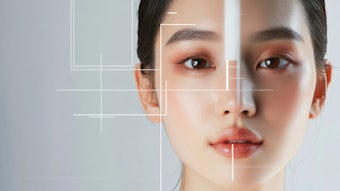What does the term “anti-aging” really mean? This is a simple, yet complex question. Does it indicate that products or services that claim anti-aging benefits will prevent the aging process from continuing? Slow it down? Reverse the effects that already have been realized? Or is it something that many manufacturers and service providers incorporate into their literature and marketing campaigns because it seems to be the quickest way to attract attention to their offerings?
There is an endless amount of debate regarding the usage and definition of anti-aging. Some argue that there must be ironclad scientific evidence available to support any product or marketing that uses the word, while others condone the use of the broader vernacular definition to describe ideals that go far beyond science.
Merriam-Webster’s Medical Dictionary defines anti-aging as “delaying or lessening the effects of aging; especially on the skin.” Because the largest segment of American society is 60 years of age or older, it comes as no surprise that this term seems to pervade today’s culture. As a result, the associations with anti-aging have expanded considerably beyond the typical dictionary definition. It represents a way of life as opposed to one product, service or supplement. Whether or not you are a fan of the term, its use will not diminish anytime soon.
Can time stand still?
At the end of the day, the idea that the hands of time can be stopped simply is not realistic. Although skin therapists have the ability to replenish, restore and renew certain aspects and functions of the skin, most science and technology usually can perform only basic and rudimentary functions that often yield only a few positive reactions. For example, a technology that simulates collagen production is a great tool, but increasing collagen production is only one of many important aspects of looking and feeling more youthful.
Combining the most clinically proven applicable technology and science provides a logical scientific synergy that allows maximum progress toward creating a more youthful appearance and, ultimately, a better quality of life.
Anti-aging and technology
The more multifaceted a proven effective technology is, the more valuable. A way in which technology frequently is categorized is by using the words “stand-alone” or “accent.” Stand-alone means just that—the technology provides a multitude of proven benefits and rapid results that are visibly noticeable between the first and third service, independent of other technology. Accent technology also is very relative to its name—it is limited to and used as an accent or add-on service that generally is combined with other technology and science.
Although most manufacturers market their technology as a miracle that can turn back the hands of time, in reality, many tools that are available to today’s skin therapists fall into the accent category due to the limited results and the time frame in which they can be achieved.
Should an accent service be combined with a stand-alone service? Absolutely. Every service can use a splash. On the other hand, you never should market an accent service as a stand-alone service because when the client doesn’t receive the expected results, their perception of the spa diminishes, quickly depreciating every other service that is offered.
The science of anti-aging technology
Technology offered to the skin therapist generally is very limited when it comes to efficacy and science. There are many claims, yet very few direct efficacy studies are available to establish the mechanisms that support them. This also holds true for the specific devices that supposedly realized the claimed benefit.
It is easy for most companies to make a claim and create a brochure or a Web site to deliver the message. However, very few manufacturers have the facts, studies and educational curriculum to support their claims. If you are interested in purchasing a technology from a supplier, it is crucial to ask more than just the basic questions. This will quickly differentiate the vendors that you may be considering for age-defying tools. Following are the layers of information that you should gather before purchasing an anti-aging modality.
Layer 1. Gain information firsthand from the manufacturer. This can be done verbally over the phone, at a tradeshow or—the best route—through educational seminars offered by the vendor.
Layer 2. Find out whether the supplier has published articles, as well as medical and efficacy studies, that pertain to the technology you are considering. Also, does the company have studies available that were performed with the actual equipment you are interested in purchasing?
Layer 3. Does the efficacy and science relate directly to your scope of work? It is a common misconception that a technology or product advertised in a trade magazine or on a tradeshow floor is applicable to spa professionals.
All equipment is not created equal
Bottom line: All equipment is not created equal. You can’t take a study on one LED and apply it to every LED device on the market. This is about as logical as taking the specifications of a Hyundai and assuming that they are exactly the same as those of a Mercedes.
Defining anti-aging to your clients
There are many different meanings associated with anti-aging. At the end of the day, everything is subject to interpretation. However, it is vitally important to be certain of what anti-aging means to you and to make sure that you define it clearly through your actions, literature, verbiage, and the technology and science that you choose for your spa. Look beyond surface marketing claims to truly determine the answers for your age-defying technology needs. Only then will you find the manufacturer and equipment that coincide with your integrity and the theme of your spa, as well as your definition of anti-aging.

